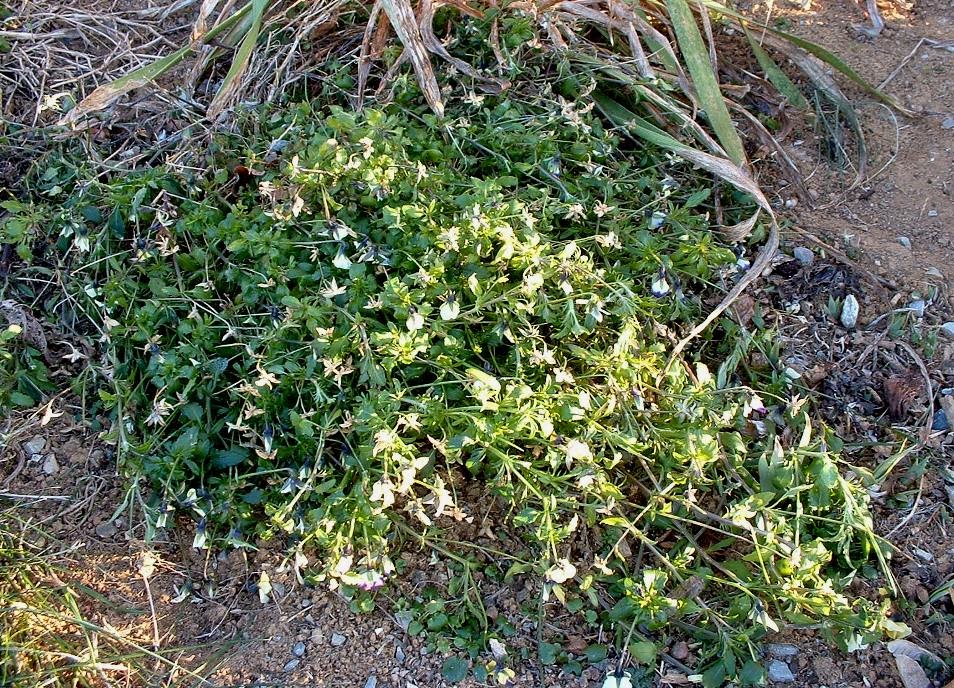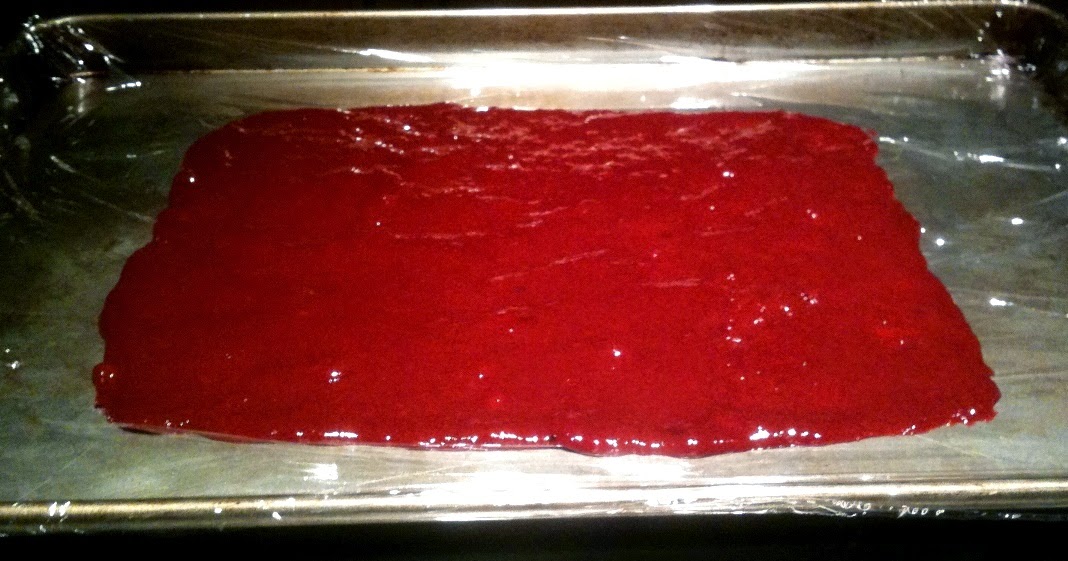Didn't take many pictures of the sickest looking ones but here are some that look promising as a starting point in breeding for better health...
Iris aphylla 'Transylvania Native' looks a lot healthier than the other clones of Iris aphylla I've grown. Here's a clump pf it at my in-law's house.
My reblooming MTB, 'Cricket Song', is pretty healthy.
The old pallida type 'Floridor' is healthier than the average.
My "Pink Volunteer" is still looking decent in mid-summer.
The iris that started me thinking about foliage health in the first place was this seedling ('Rosalie Figge' X aphylla 'Wine Red'). It's always looking relatively clean while everything around it is covered with leaf spot.
This clone of Iris variegata is always looking pretty ratty by mid-summer - so it wouldn't be one I'd want to use in a foliage health breeding program.
This one I'm currently calling by a garden name ("YRFT") is another one that is only average in the foliage health department. But it's a super-vigorous grower and has excellent branching, so I've crossed it with Floridor to try to get the best of both parents combined into one line.

















































